Rutinib Cream (Ruxolitinib 1.5%)
Description
Rutinib Cream, a Janus kinase (JAK) asset, contains roxolitinib, an energy of 1.5 component.
It’s primarily specified as a topical treatment to treat mild to moderate atopic dermatitis (eczema) and certainnon-segmental vitiligo in grown-ups and children over 12 times old. Rutinib Cream targets the JAK- STAT signaling pathway to inhibit inflammation and vulnerable- mediated skin responses. It’s different from corticosteroids because it is n’t steroidal, therefore can be used for long ages under medical supervision.
How to Use Rutinib Cream
For using Rutinib Cream, wash your hands well and make sure the affected area is clean and dry. Apply a thin subcaste of cream to the affected skin doubly daily, or as your healthcare provider instructs. Gently rub in until fully absorbed. Unless otherwise directed, avoid applying the cream to skin that is damaged, infected, or severely irritated.
Don’t bind or cover treated skin unless instructed, as this may increase immersion and threat of side effects. Wash your hands well after applying the cream, except when the treated skin is on the hands.
Dosage and Administration
The typical cure of Rutinib Cream is a thin operation doubly daily. still, the cure will vary according to the condition, the inflexibility of the symptoms, and age of the case. The maximum treatment duration will also vary. In utmost cases, use should be limited to lower than 20 of the total body face area to help inordinate systemic immersion.
Vitiligo cases using Rutinib Cream may need to treat themselves for several months before indeed seeing conspicuous repigmentation. nonstop follow- up by a medical guru is recommended in an trouble to estimate effectiveness as well as to look out for any adverse effects.
How Does It Work?
The active ingredient of Rutinib Cream, rufolitinib, is a JAK1 and JAK2 selective Janus kinase inhibitor. They’re members of the JAK- STAT pathway that plays a pivotal part in vulnerable response, inflammation, and cell proliferation.
In conditions like atopic dermatitis and vitiligo, the dysfunctional vulnerable responses affect in inflammation, itching, and skin damage. By suppressing these signals, rufolitinib improves symptoms, repairs the skin, and prevents seditious cytokines from conflating.
For vitiligo, Ruxolitinibre-pigments by precluding vulnerable- mediated death of melanocytes, the cells that color the skin.
Rutinib Cream for Side Effects
Like any medicine, Rutinib Cream may have side effects. Some possible side effects are
operation point responses (e.g., greenishness, burning, itching)
Acne
Headache
Nasopharyngitis (cold- suchlike illness)
Systemic immersion of the medicine less frequently may lead to
Low white blood cell count( neutropenia)
Threat of infection
Increased
Elevated cholesterol situations
Still, signs of infection, or other unusual symptoms, if you witness severe vexation.
Warnings and Precautions
Inform your doctor of any being infection, vulnerable complaint, or history of immunosuppressant or corticosteroid remedy previous to use of Rutinib Cream.
Active or idle tuberculosis( TB)
Hepatitis B or C
Recent vaccination history
Cancer history
Ruxolitinib may increase the threat of severe infection, similar as herpes zoster( shingles) and other opportunistic infections. Monitoring may be demanded for long- term remedy, especially in immunocompromised cases.
Don’t use this cream on injuries or mucous membranes, similar as the eyes, mouth, or genitals.
Pregnancy and Lactation
The safety of the use of Ruxolitinib during gestation and in lactating women isn’t well established. Beast studies have shown implicit pitfalls, but no applicable controlled trials in humans have been conducted.
Only if easily essential and under medical supervision. The implicit threat to the fetus should be counted against implicit remedial benefits.
Lactation: No information is available on the passage of Ruxolitinib into mortal milk. When suckling, avoid operation of the cream to or in the vicinity of the bone to help ingestion by the breastfed child.
Rutinib Cream for Drug Interaction
While Rutinib Cream is used topically and there’s minimum systemic immersion, it’s still important to inform your doctor of all the specifics, salutary supplements, and herbal medications that you’re on.
Immunosuppressants (similar as methotrexate, cyclosporine)
CYP3A4 impediments (similar as ketoconazole, erythromycin) which may beget increased systemic exposure to ruxolitinib
Live vaccines, which should be avoided during remedy
Your doctor might cover your overall well- being and blood counts if you’re entering other systemic treatments.
Storage
Store Rutinib Cream in a dry place at room temperature( 20 – 25 °C or 68 – 77 °F), out of direct sun and heat. If away from use, keep the tube securely closed and out of children’s reach.
Don’t use the cream past the expiration date on the package. Dispose of unused or expired drug responsibly, immaculately by a drug take- back program.
Conclusion
Rutinib Cream (Ruxolitinib 1.5) is a groundbreaking system of treating habitual seditious skin conditions similar as atopic dermatitis and vitiligo. Its action, through one specific pathway, offers a useful, well- permitted steroid-free volition for long- term remedy. Still, as a medicine, it should be used under the guidance of a doctor to achieve a safe and successful result. Cases are needed to cleave rigorously to the specified tablets, inform their doctor of side effects, and visit their doctor regularly.
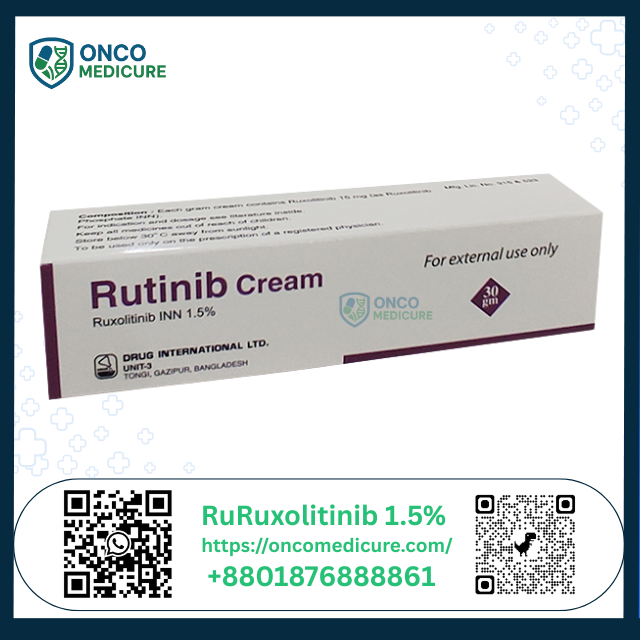
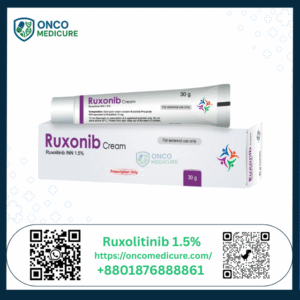
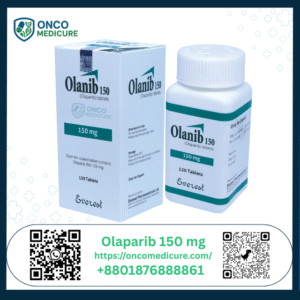
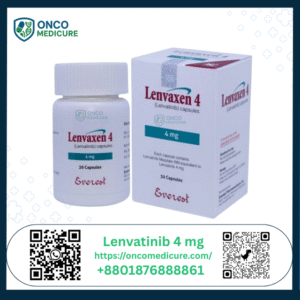
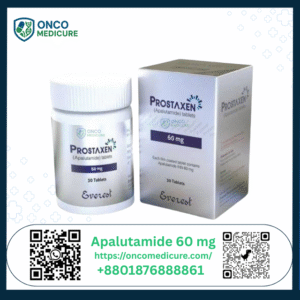
Reviews
There are no reviews yet.